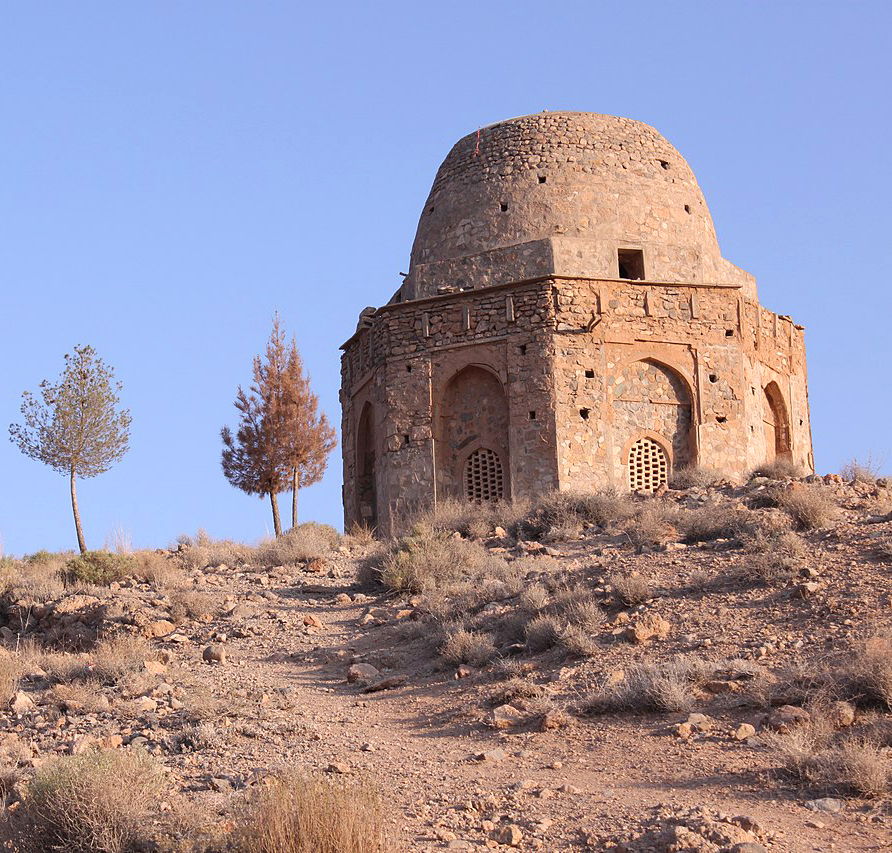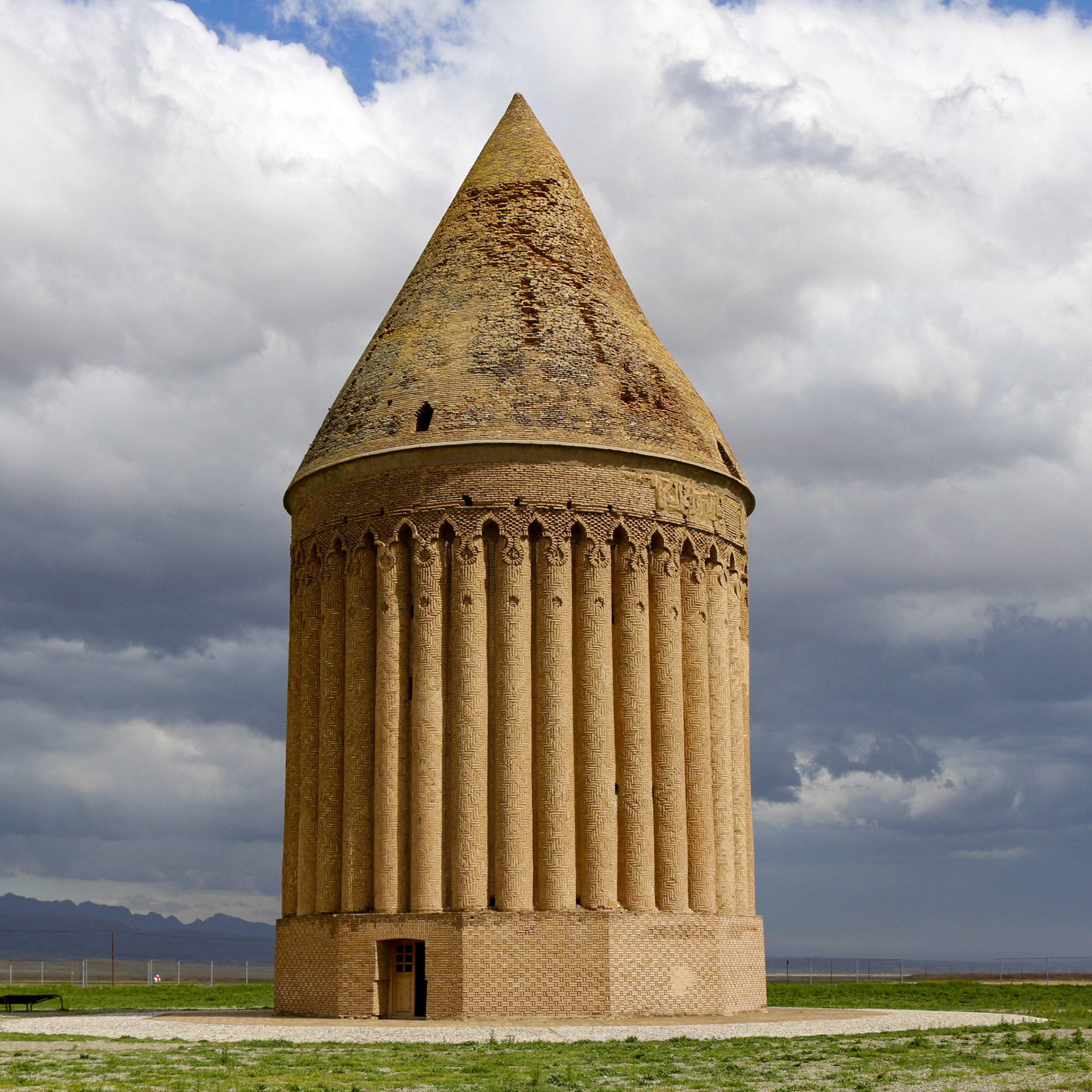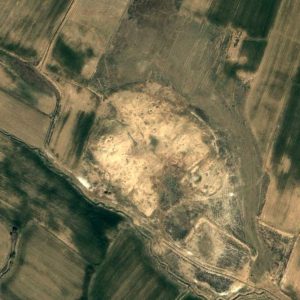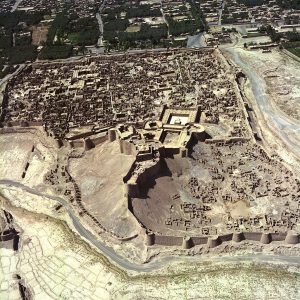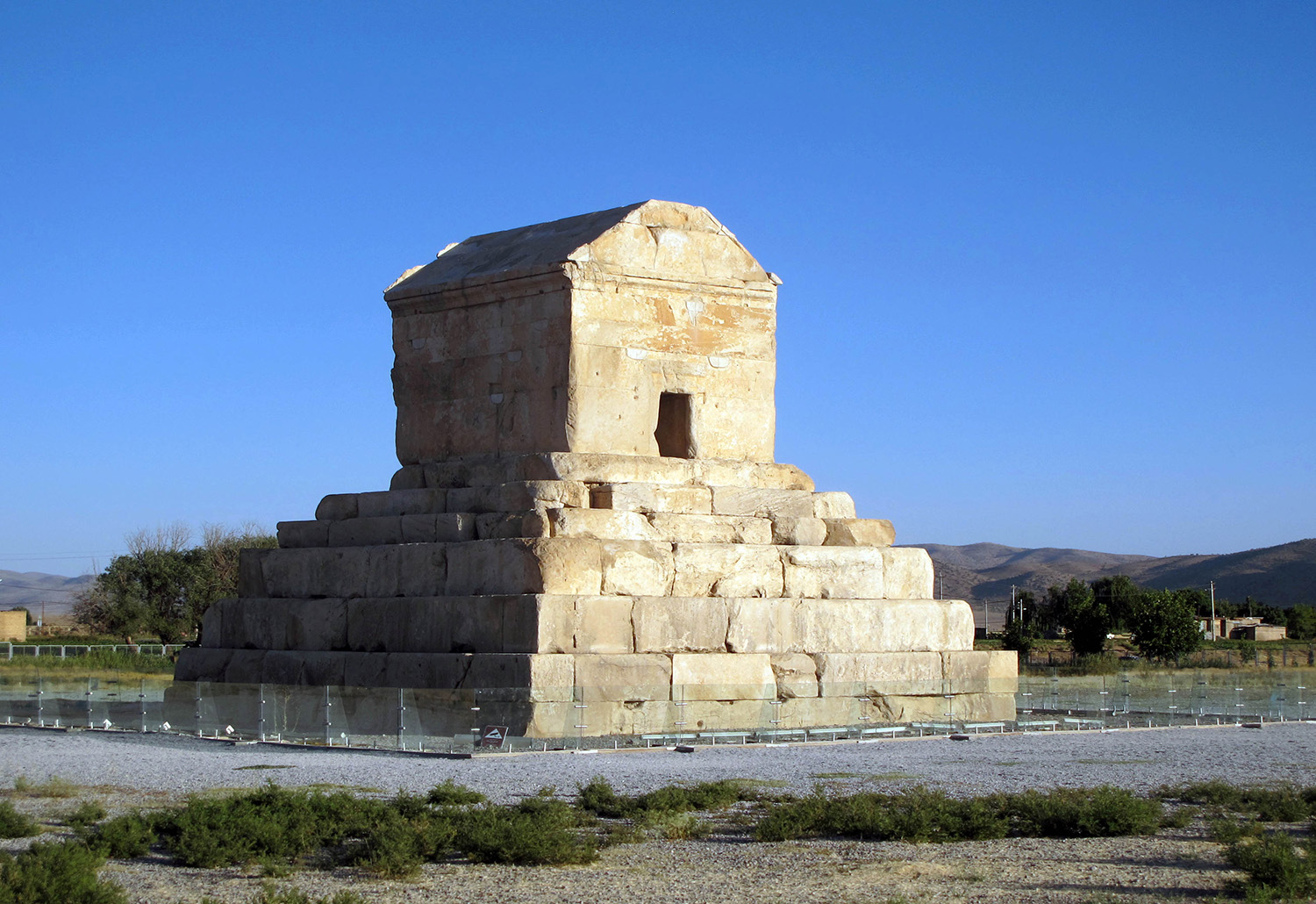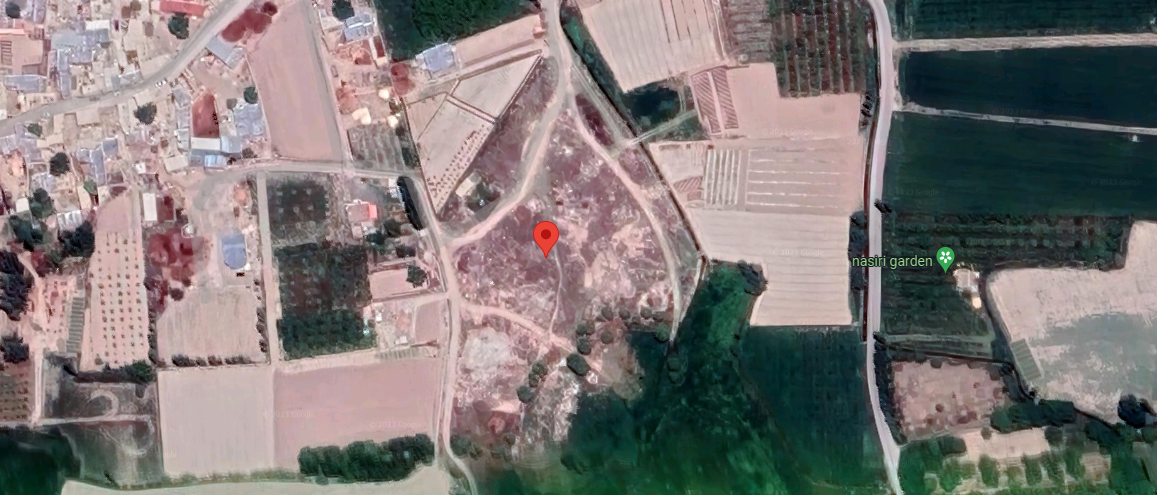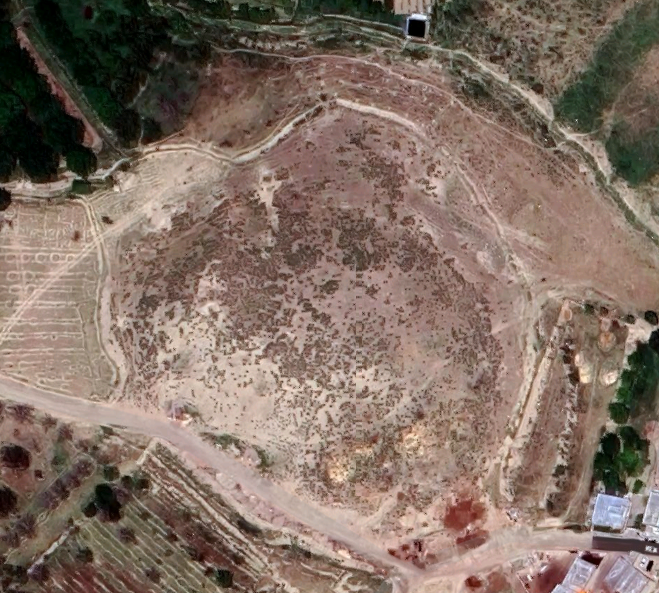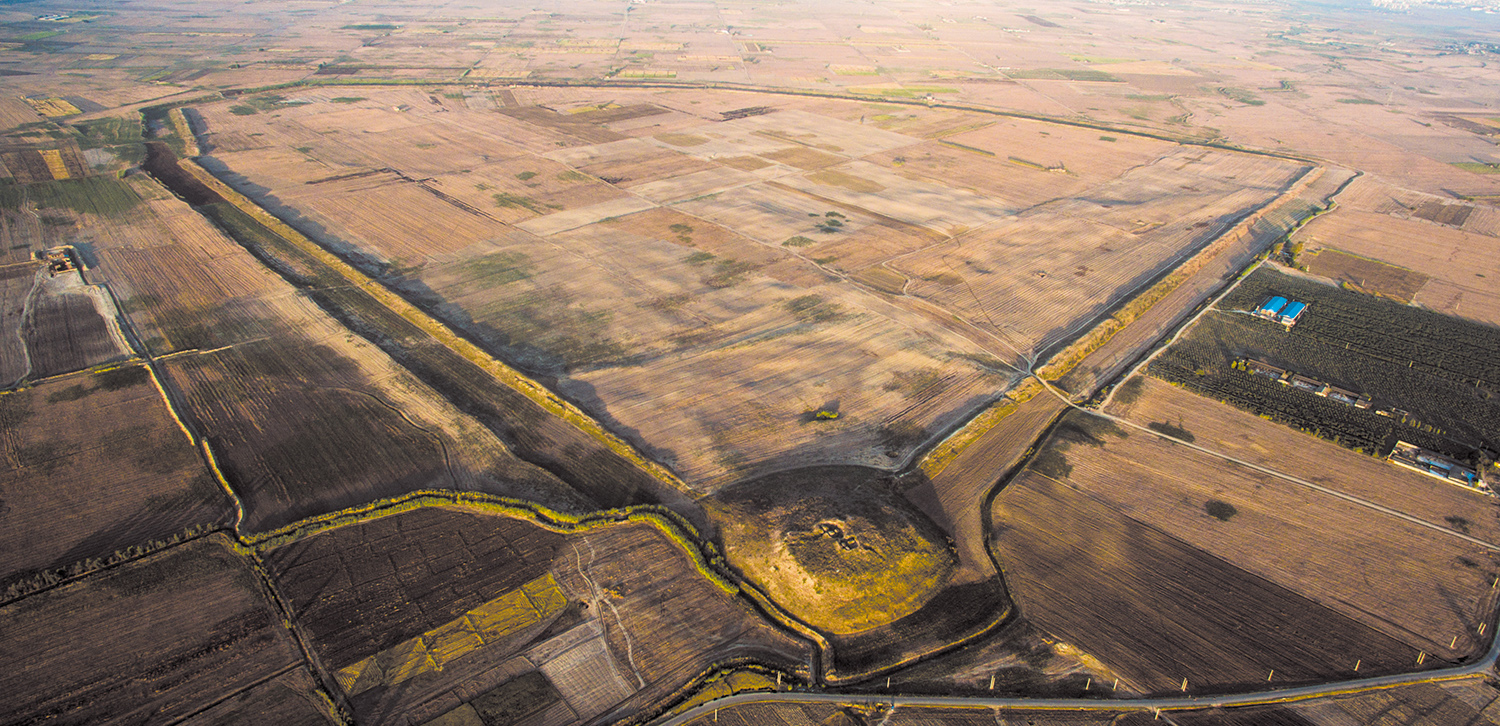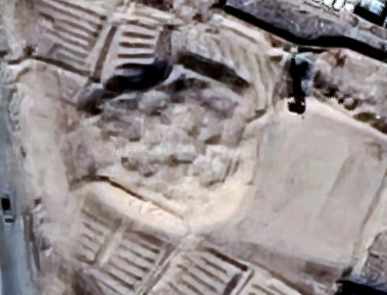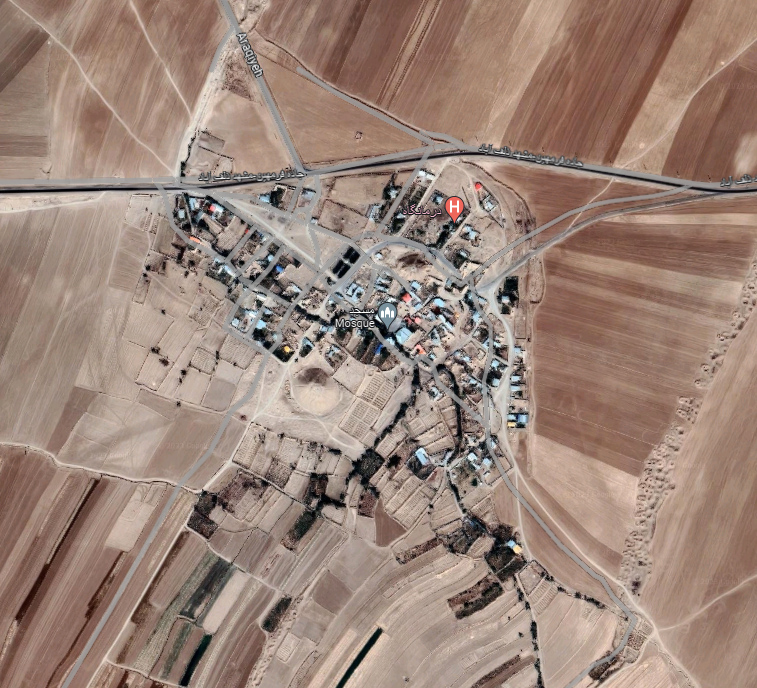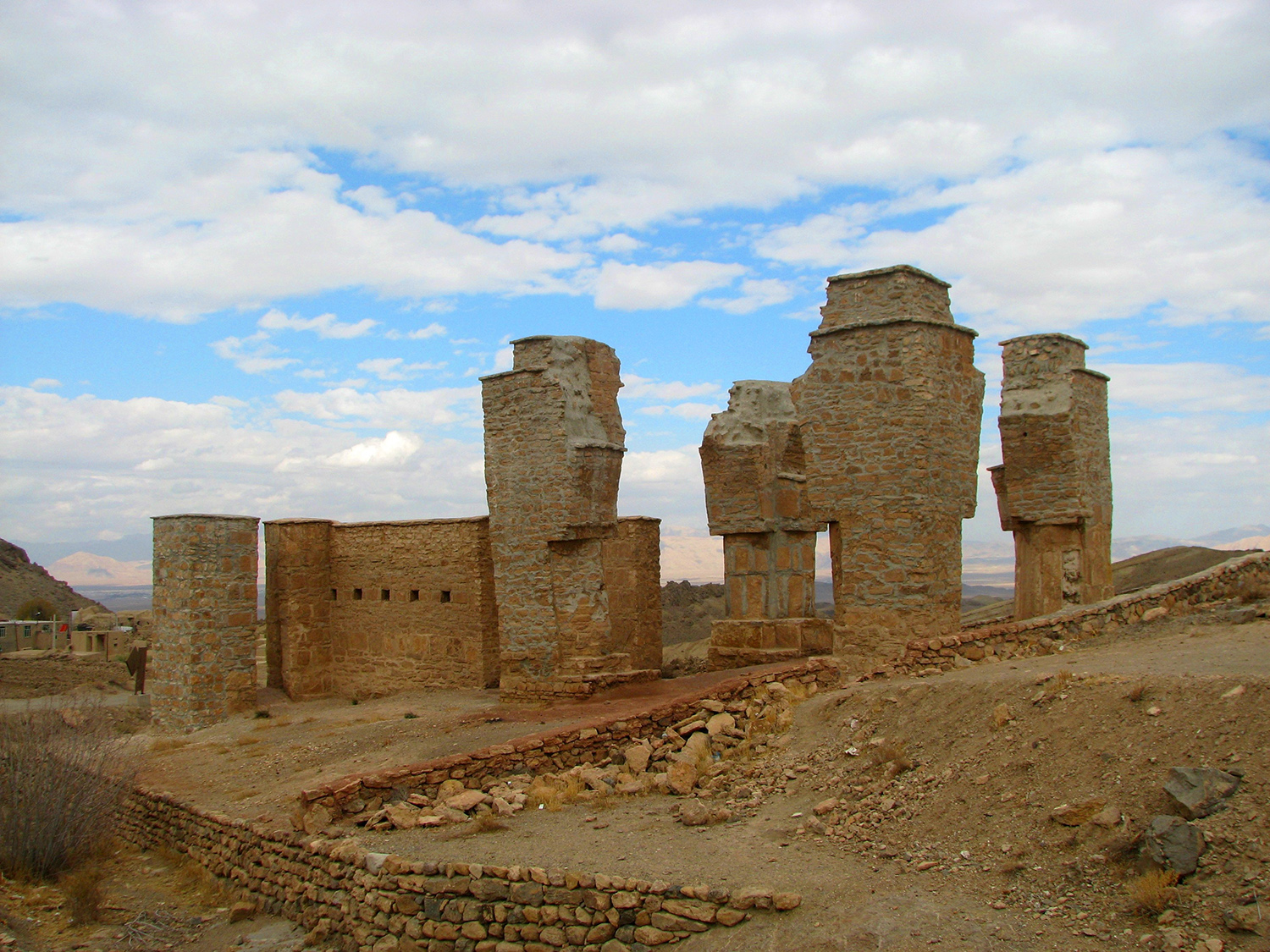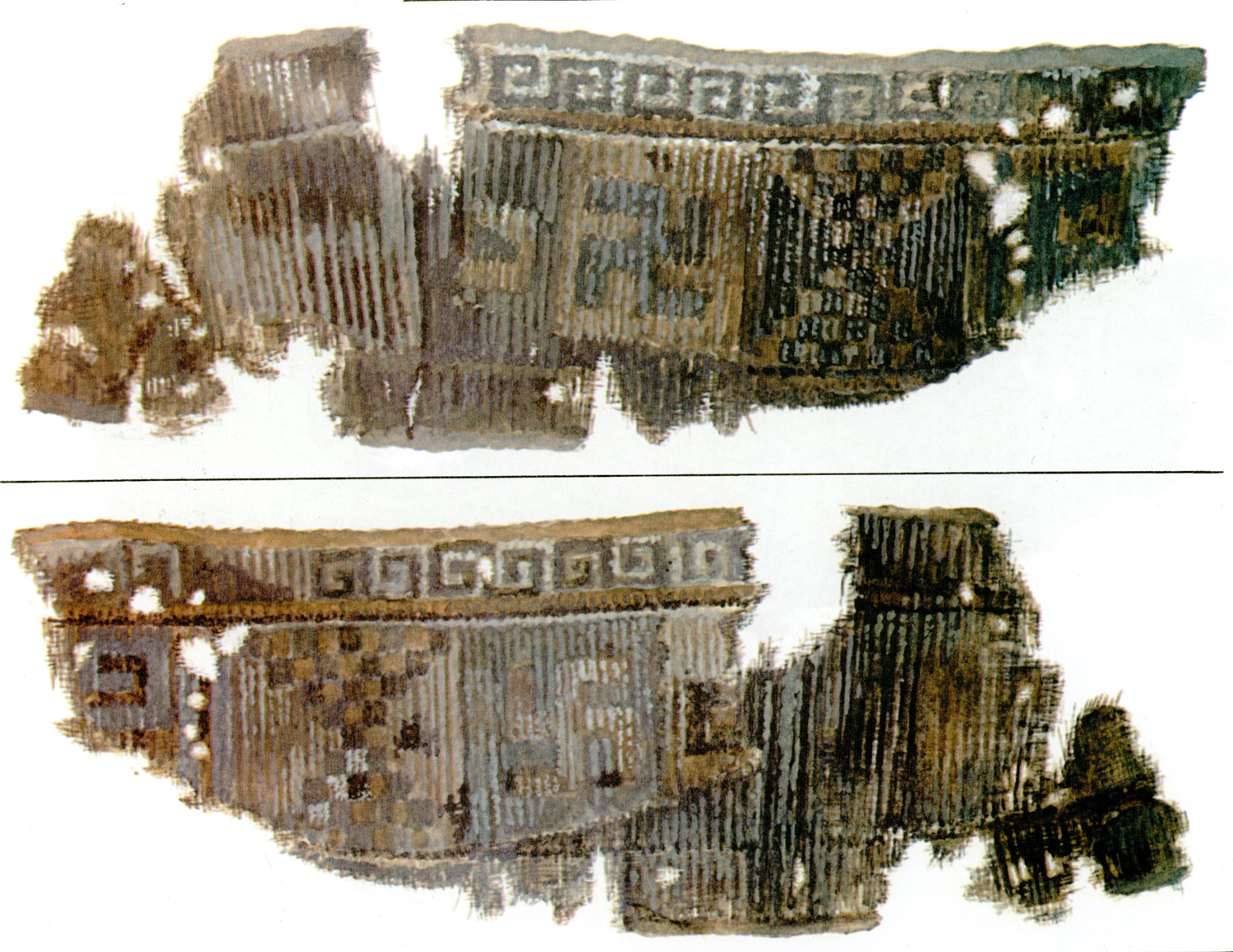Haji Khānحاجی خان
Location: The site of Haji Khān is located 53 km northeast of Hamadan, western Iran, Hamadan Province.
35°01’57.8″N 49°01’17.3″E
Map
Historical Period
Iron Age
History and description
Haji Khān is the name of an archaeological site, 2.5 km south of the town of Zarqan, and 53 km southeast of Hamadan, in western Iran. The site consists of four mounds labeled A, B, C, and D, of which A is a circular mound surrounded by a mud-brick wall about 40 m in diameter. The site has been heavily destroyed by recent bulldozing due to the construction of a petrochemical plant and illegal excavations. The archaeological excavations revealed a temple building in mud-brick with six rooms of varied sizes. There are two side-by-side fire altars in mud-brick attached to the northeastern wall of Room 6. The exploration of the building resulted in the discovery of its polygonal plan with buttresses very similar to that of the Central Temple at Nush-i Jan.
Archaeological Exploration
The site was discovered by Abbas Motarjem in 2009 during an archaeological survey in the region. Because of the construction of the petrochemical plant, a rescue excavation season in four areas was undertaken at the site under the direction of Esmail Hemati Azandaryani in the winter of 2016 and the spring of 2017.
Finds
Typical Iron Age (Median) pottery, skeletal remains, and a cylinder seal.
Bibliography
Hemati Azandaryani, E., M. Malekzadeh, and A. Sołtysiak, “Human remains from Haji Khan Tepe, Iran, 2017, Bioarchaeology of the Near East, No. 13, 2019, pp. 172–176.
Hamati Azandaryani et al., “Haji Khan: A Median Temple in Hamadan province, Iran,” Iranica Antiqua, vol. 57, 2022, pp. 43-89.
Author: Ali Mousavi
Originally published: August 14, 2023
Last updated: January 10, 2025








